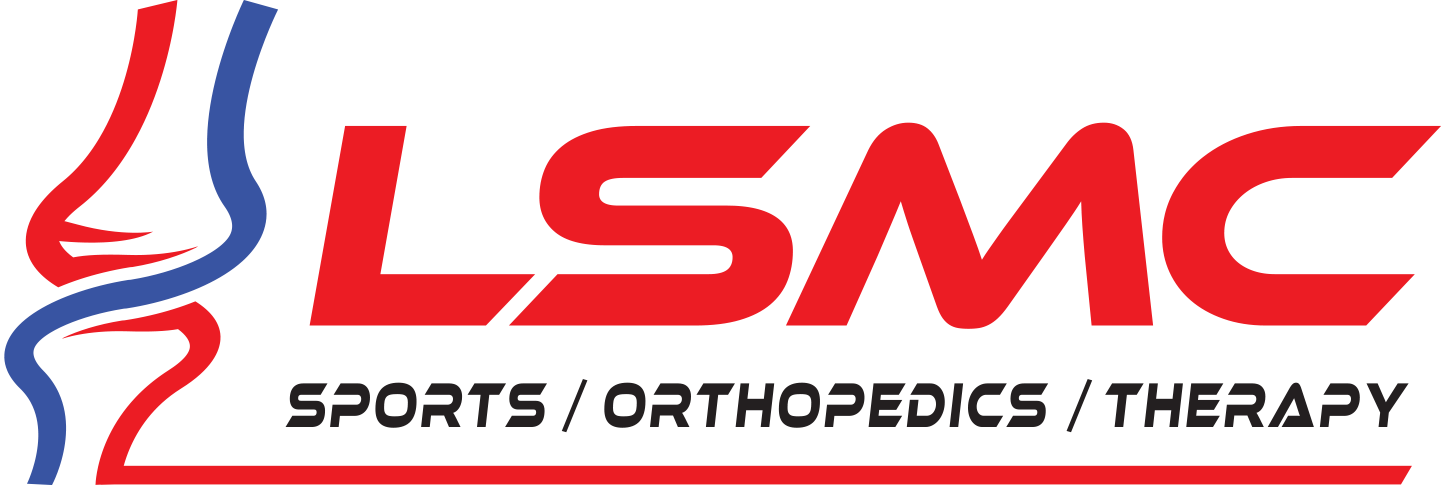Benjamin Franklin coined the phrase:
“An ounce of prevention is worth a pound of cure.”
When it comes to sports-related injuries, this sage advice can keep you in the game and off the bench. Avoid complicated healing measures with these simple injury prevention strategies.
The most common sports injuries
Injuries can happen to anyone regardless of age or athletic ability. Your individual biomechanics determine what areas of your body are more susceptible to injury. The most prevalent sports injuries are strains and sprains. Specifically, the seven most common sports injuries according to WebMD are:
- Ankle sprain
- Groin pull
- Hamstring strain
- Shin splints
- Knee injury: ACL tear
- Knee injury: patellofemoral syndrome
- Tennis elbow
If you are active in sports is injury inevitable? Not if you take proper steps to avoid common setbacks. A good game plan for injury prevention starts with a pre-participation physical evaluation and functional movement screening with a sports medicine doctor.
The role of the pre-participation physical evaluation
Consult a sports medicine doctor before sports to gauge your current physical activity, biomechanics, flexibility, risks and readiness. A standard process for clearance to participate in sports and athletics is a PPE regardless of the level of intensity you plan to pursue. Don’t cut corners; a PPE is a safeguard for your health.
Start with a functional movement screening
Both seasoned athletes and newcomers benefit from a standard physical coupled with a functional movement screening. FMS testing evaluates your movement patterns to identify and eliminate improper movements that can lead to injury. A FMS consists of seven tests: the squat, hurdle step, lunge, shoulder mobility, active leg raise, pushup and rotary stability. After results are gathered, your doctor can advise you on how to incorporate strength training and corrective exercises to restore proper movement.
Leverage the power of strength and resistance training
Simply put, muscles are more resistant to injury when they are strong enough to support the loads required of them. After your FMS, your doctor can customize a plan that targets your weaker areas with strength-training exercises to boost performance and prevent injury.
Strength and resistance training have long been linked with their effects on speed, power, agility and muscle mass, but often overlooked are the amazing benefits they offer for injury prevention. Strength training builds the strength of the muscles, tendons, ligaments and bones. Muscle and tendon strength is important for keeping the body in proper alignment and for protecting the bones and joints.
Wear a heart rate monitor
Heart rate monitors are great tools for ensuring you don’t overtax your body. Most injuries occur from overworking your muscles. Heart rate monitors, coupled with knowing what zones you should stay in during exercise, can help you keep your muscle glycogen stores from getting depleted during exercise and putting you at risk for injury. Your doctor can calculate your max heart rate which uses a formula based on your age, gender, weight, resting heart rate and VO2 max.
Track your vitamin D levels
Athletes (and nonathletes) should know and track their vitamin D levels to avoid injury. Why? Vitamin D deficiency increases your risk for injury and prolonged recovery. Vitamin D is an essential component to achieving optimal bone and muscle function. “Vitamin D has been proven to reduce inflammation, pain and myopathy while increasing muscle protein synthesis, ATP concentration, strength, jump height, jump velocity, jump power, exercise capacity and physical performance,” according to the National Institute of Health.
“Patients with decreased Vitamin D consumption are also at increased risk of developing stress fractures in the leg and foot,” said Dr. Joshua Hunter at Salt Lake Regional Medical Center. “Utahns are at increased risk of having low Vitamin D levels as we rely on the sun exposure to generate the active forms of Vitamin D. In the winter all our levels drop and we are at even higher risk as we bundle up and cover our skin to keep warm. Supplementing with Vitamin D can ensure proper bone health.”
Warm up but understretch
Every exercise routine needs a warm up — a light, 5-10-minute activity that may cause a slight sweat, but nothing strenuous. The goal of a warm-up is to elevate your heart rate and respiratory rate. The transportation of oxygen and nutrients to your working muscles increases with improved blood flow. The warm-up also physically increases muscle temperature which can help you achieve a safer more effective static stretch. Static stretching before exercise (3-5 second holds) for 5-10 minutes can help you avoid injury, but it needs to be done correctly. Your doctor can instruct you on the proper forms of pre-exercise stretching to help you avoid injury.
Enjoy all that your body is able to do. With proper prevention and regular maintenance, you are doing your part to stay injury free. The sports medicine clinic and Salt Lake Regional Medical Center provides injury prevention plans to patients and can help you on your way to success with your goals.










